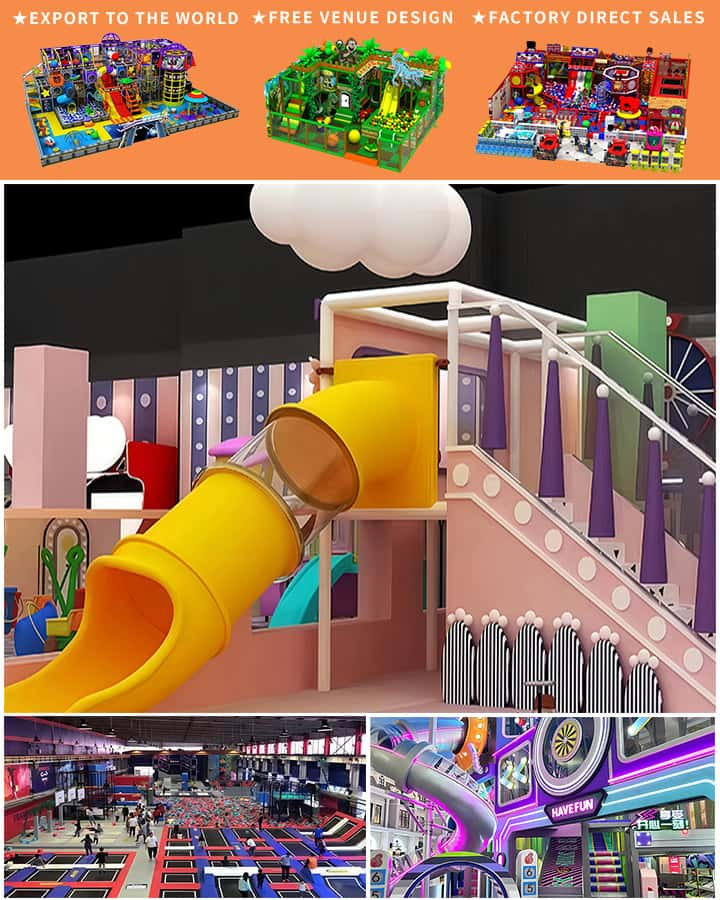Children’s playgrounds are vital recreational spaces that provide opportunities for physical activity, social interaction, and imagination. However, ensuring the safety and enjoyment of these spaces requires careful consideration of both playground equipment and surfacing materials. In this article, we explore the importance of selecting appropriate playground equipment and surfacing to create safe and engaging environments for children.
The Importance of Playground Equipment
Playground equipment is designed to stimulate children’s physical and cognitive development. From swings and slides to climbing frames and seesaws, each piece of equipment offers unique experiences that contribute to a child’s growth. When choosing playground equipment, it is crucial to consider factors such as age appropriateness, durability, and safety standards.
Age Appropriateness: Different pieces of equipment are suitable for various age groups. For example, toddlers may benefit from low-height slides and soft play structures, while older children might enjoy more challenging climbing walls and higher swings. Ensuring that the equipment matches the age and abilities of its users can prevent accidents and promote inclusive play.
Durability: High-quality, durable materials should be used in the construction of playground equipment to withstand constant use and exposure to the elements. Durable equipment not only lasts longer but also reduces the need for frequent replacements, making it a cost-effective choice in the long run.

Safety Standards: Compliance with national and international safety standards is non-negotiable. Reputable manufacturers adhere to stringent guidelines that address design, construction, and materials to minimize risks of injury. Regular inspections and maintenance are also essential to ensure ongoing safety.
The Role of Surfacing
Surfacing is another critical component of a safe playground. It provides a cushioned layer beneath equipment to absorb impact and reduce the risk of injury from falls. Several types of surfacing materials are commonly used in playgrounds, each offering distinct benefits and considerations.
Rubber Mulch: Made from recycled rubber tires, rubber mulch is a popular surfacing option due to its excellent shock absorption properties. It is relatively inexpensive and easy to install, providing a soft landing surface for children. However, it requires regular maintenance to prevent matting and harboring bacteria or insects.
Wood Fiber Mulch: Wood fiber mulch, made from processed wood chips, offers a natural and aesthetically pleasing surfacing solution. It provides good shock absorption and is cooler underfoot compared to rubber mulch. On the downside, wood fiber mulch needs frequent replenishment and can harbor termites if not properly maintained.
Synthetic Turf: Synthetic turf provides a lush, green appearance reminiscent of natural grass while offering superior durability and reduced maintenance needs. It allows for consistent play regardless of weather conditions and does not require watering. However, its initial installation cost can be higher than other surfacing options.
Pour-in-Place (PIP) Rubber: PIP rubber is a seamless, rubbery surface that offers exceptional impact absorption and durability. It is ideal for areas with heavy-use equipment, such as basketball courts or playgrounds with high foot traffic. While its upfront cost is significant, its longevity and minimal maintenance requirements often justify the investment.
Combining Equipment and Surfacing for Optimal Safety
Selecting compatible playground equipment and surfacing materials is key to creating a cohesive and safe environment. For instance, playgrounds with high-impact equipment like monkey bars or climbing towers should feature highly resilient surfacing like PIP rubber or deep rubber mulch to maximize protection against falls. Conversely, areas designated for younger children with gentler equipment can opt for softer materials like wood fiber mulch or synthetic turf.
Conclusion
Designing safe and enjoyable children’s playgrounds hinges on the thoughtful selection of both equipment and surfacing. By prioritizing age-appropriate designs, durable materials, stringent safety standards, and effective impact-absorbing surfaces, communities can create outdoor spaces where children thrive physically and socially. Investing in quality playground infrastructure not only ensures safety but also fosters lifelong memories and healthy habits among young visitors.




